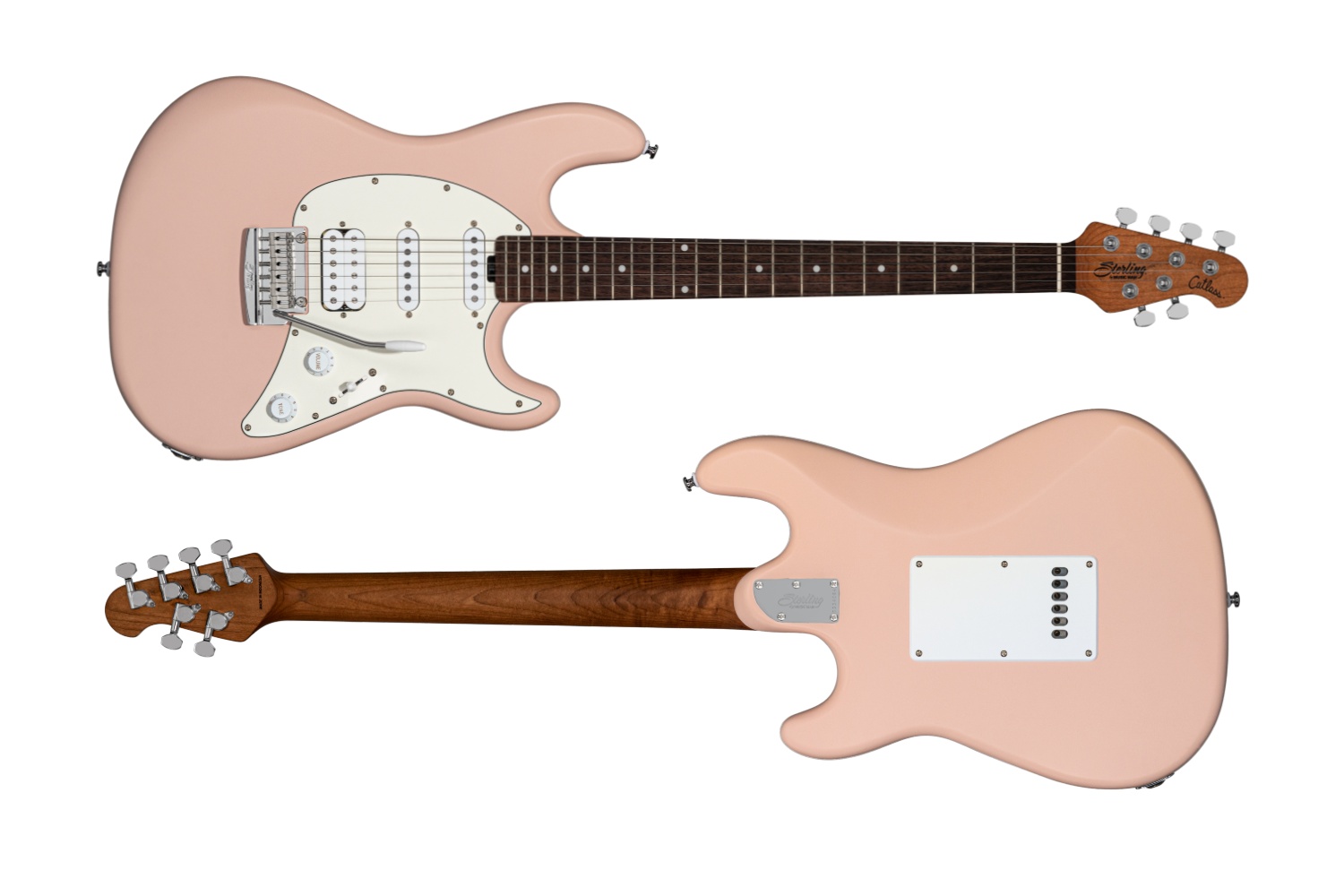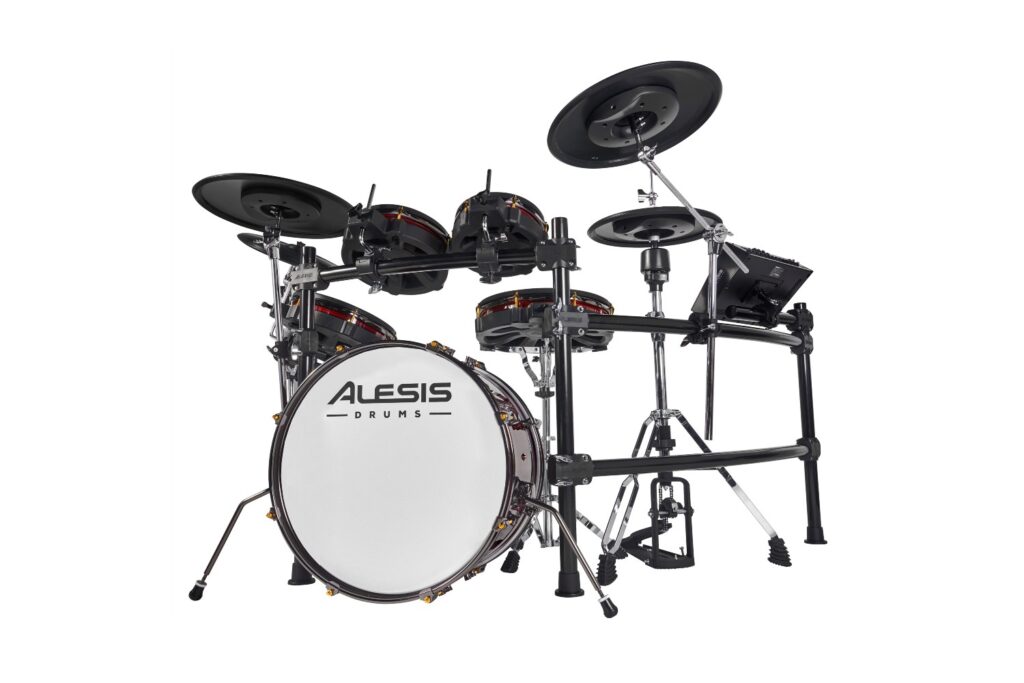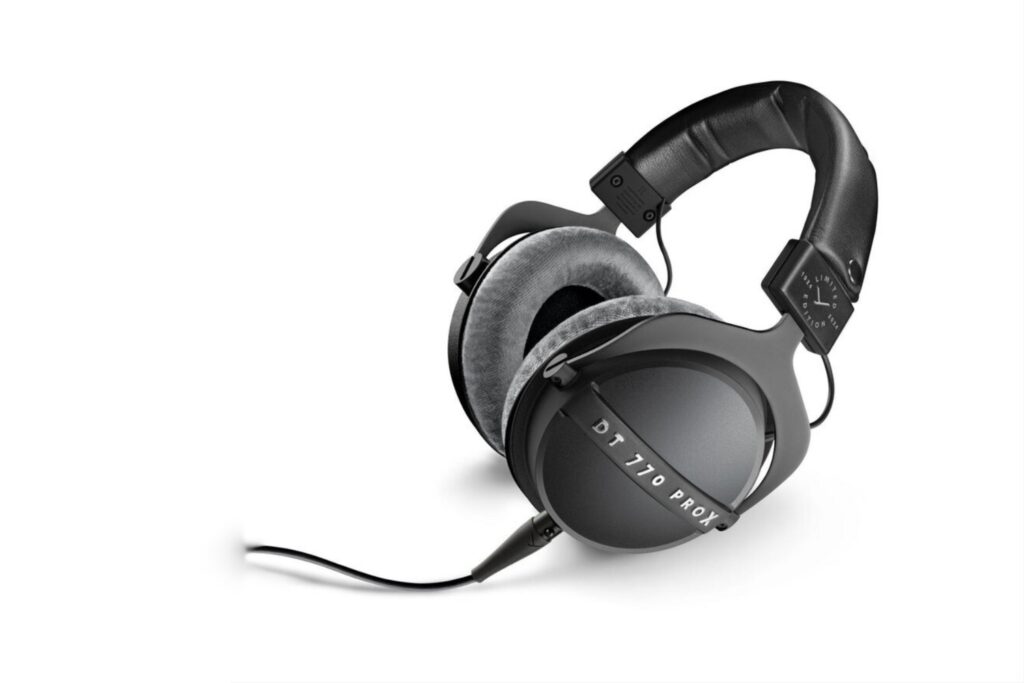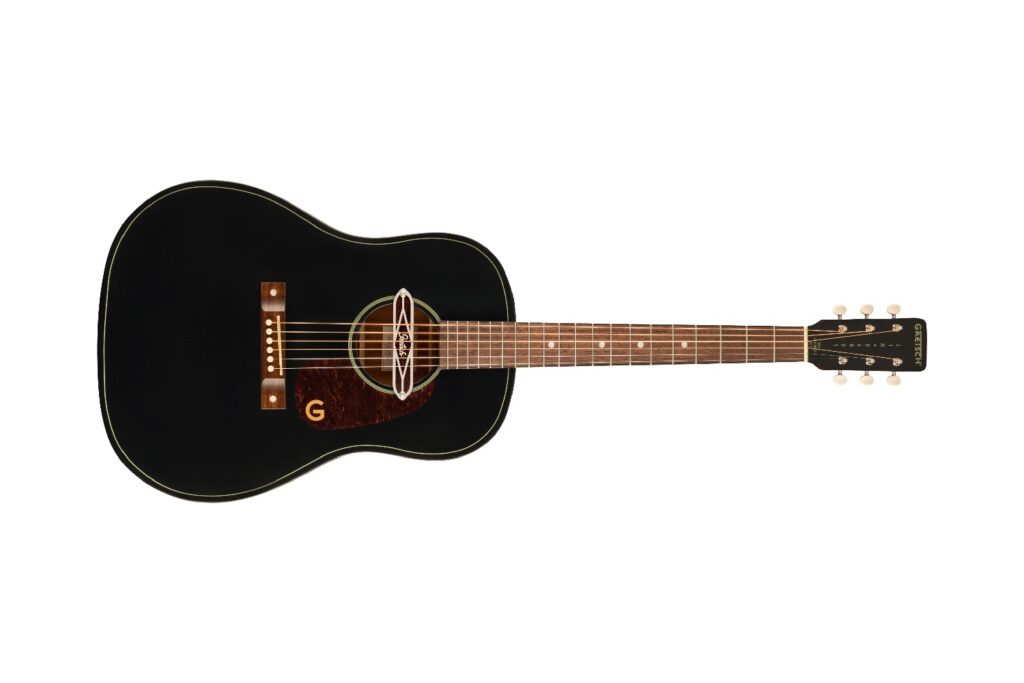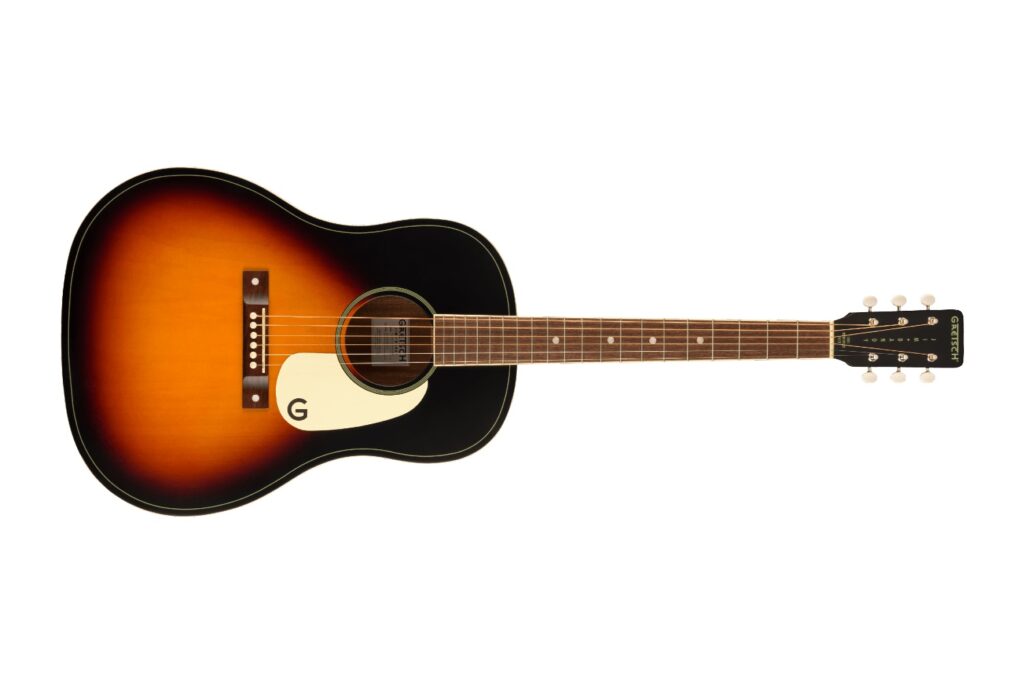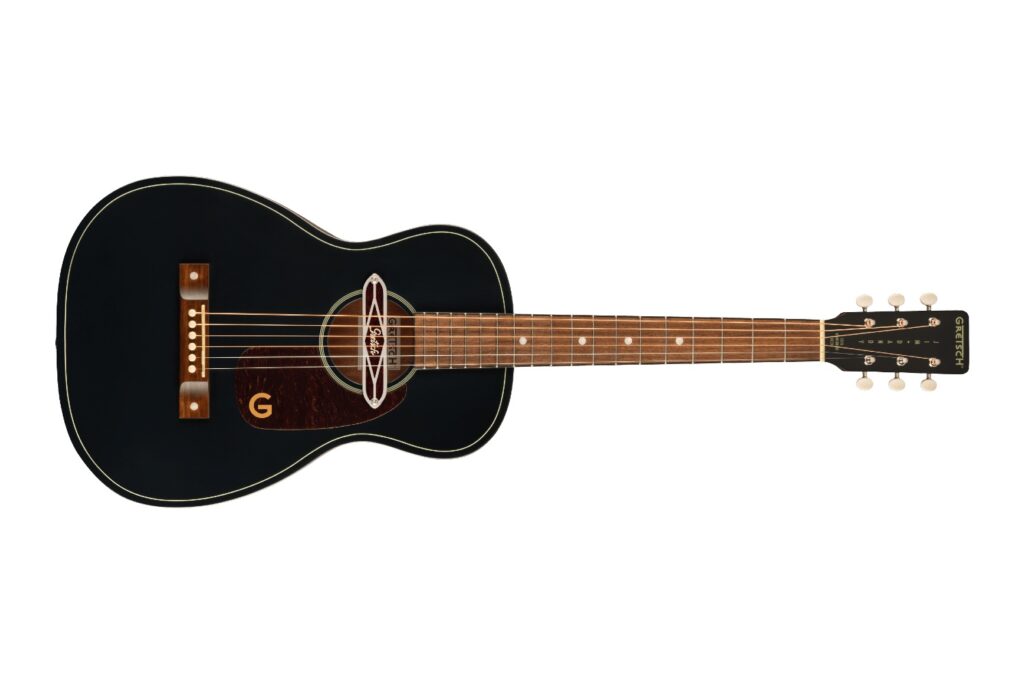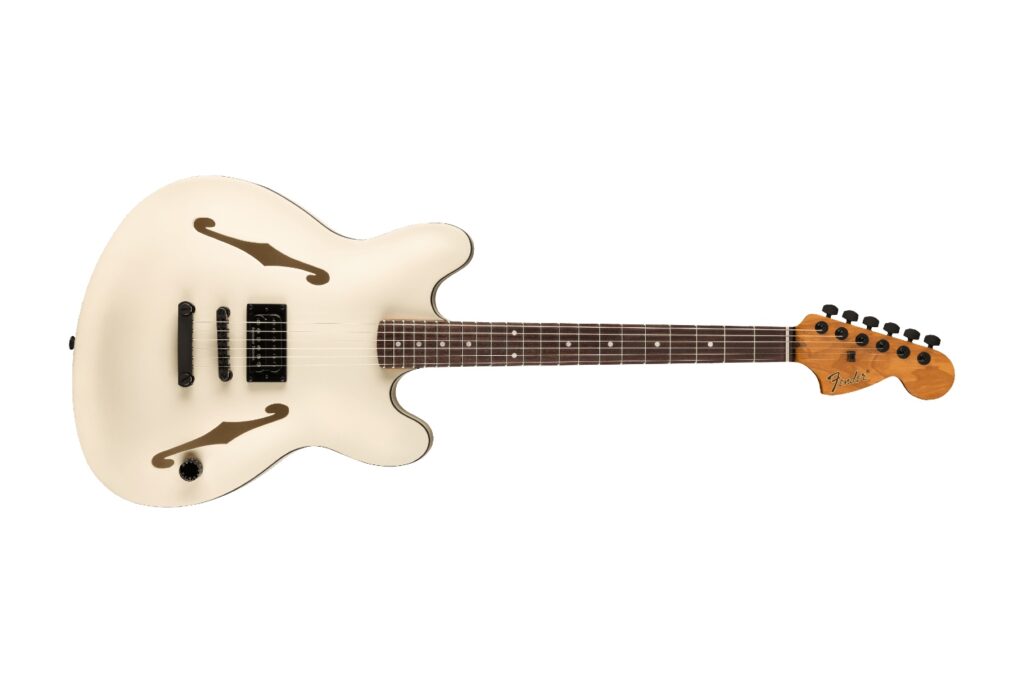CMC Music | RRP: $1,650
The guitar world is well and truly sorted for pastel blue and pink Superstrats with roasted maple necks and two-point tremolo systems, right? Naaaaah, there’s always room for more. And the Sterling Cutlass CT50HSS, based on a USA-made model by Sterling’s big brother Ernie Ball Music Man, can certainly make a case for itself as having a right to take on this particular guitar style.
Music Man, after all, was founded by one Mr. Leo Fender, who had some pretty well-regarded ideas about solid body electric guitar design.
Read more gear reviews here.
So what exactly has the CT50HSS got going for it, and why does Sterling think you should include them on your pink-HSS-Superstrat consideration list?
The charm of the CT50HSS is in the way it deftly straddles the two worlds of vintage and modern. Sterling refers to the Cutlass as ‘the modern player’s classic guitar,’ a nickname that drops a few hints. Here’s a guitar based on a refinement of Leo’s Stratocaster outline, 25.5” scale just like its ancestors, with details that definitely recall some of Leo’s other developments such as the Music Man StingRay guitar and bass, and yet it’s definitely its own instrument.
The body is made of poplar, a wood that is said to have snappy and complex tonal properties. (For a while there, lower grades of poplar were used in more affordable guitars, but the higher-grade stuff does pop up on fancier guitars, late luthier Buddy Blaze built this reviewer a poplar 7-string that absolutely rips). Finish options are Daphne Blue Satin (DBLS), Pueblo Pink Satin (PBPS), Rose Gold (RGD), Firemist Silver (FSV), Dropped Copper (DCP), and Vintage Cream (VC).
The neck is roasted maple – that is, maple that is heat-treated to strengthen the wood. Maple is already a darn tough chunk of tree, but the roasting process makes it even more reliable for the stresses a guitar neck will face during its life. The fingerboard is a consistent 12” radius all the way up and down, providing a modern, flatter surface compared to a traditional guitar of this type. The frets are medium-sized, and these two features together keep the Cutlass from straying too far into modern shred-stick territory.
The hardware includes the Music Man five-bolt neck attachment, a dual-action truss rod adjustable at the body end of the neck, a two-point fulcrum tremolo with vintage style saddles, and Sterling-branded locking tuners. Interestingly the famous 4+2 Music Man headstock is slightly oversized here, giving the guitar a little more mass and offsetting a little bit of that, ‘Why does this guitar feel so small?’ vibe that Music Man designs usually have.
The pickups are a trio of Sterling by Music Man-designed units, two single coils and a humbucker controlled by a five-way pickup selector switch and pots for master volume and master tone. Somewhat bummerly, the humbucking pickup does not split into single coil mode, but one thing you will notice when you plug this guitar in is that the pickups are all carefully calibrated to more or less match each other in output, with the humbucker voiced more towards the vintage than the modern.
The single coils sound very detailed but also with a lot of body; many guitars of this type can sound a bit brittle, but these pickups seem to hit the sweet spot. They handle overdrive well, retaining their character and individuality when things get sweaty. But that same spirit is maintained at cleaner settings too.
The humbucker sounds very direct, bright, and tight, with a pleasant upper-midrange clarity that reminds me a little of an ES-335. You could play a whole set of Steely Dan songs on this guitar and have a great old time. And the tone knob is voiced very musically. Turn it back to just a nudge above zero and you’ll get a wonderfully expressive, almost voice-like quality to your lead lines. Too many guitar companies seem to treat the tone control as an afterthought but it’s really useful here.
This is not meant to be a shredder’s axe, and as such it puts up a little bit of a fight in terms of playability thanks to those medium frets and uniform fingerboard radius rather than choosing a compound radius. It’s not a difficult guitar to play but it won’t let you get away with sloppy playing and half-assed bends. Also, the whammy bar isn’t snug in its slot so it has a tiny bit of travel before it properly engages, barely noticeable unless you’re a veteran whammy-wanker who is used to more immediate wiggle-stick action. But tuning stability is exceptional even when you go kinda nuts on the bar.
This is a unique take on what is currently a somewhat pervasive guitar trend, and it feels very much like a serious, ready-to-work guitar rather than a toy. If you’re in the market for a Superstrat but you baulk at some of the ‘super,’ this guitar has plenty of vintage vibes with enough modern sensibility to not feel like your grandpa’s guitar.
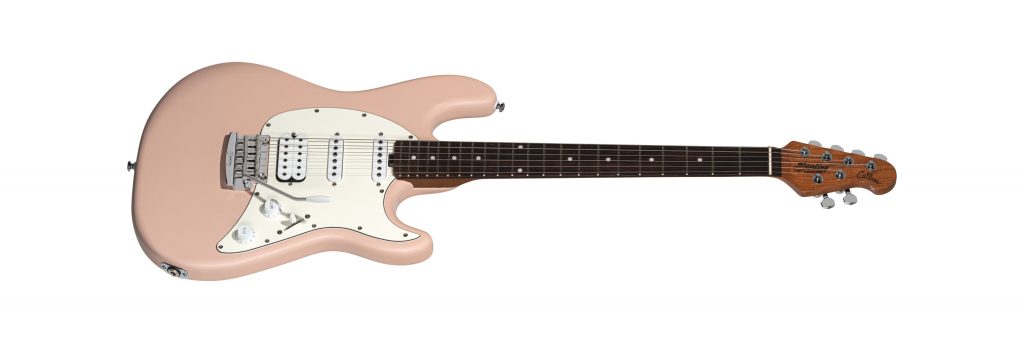
Head to Sterling by Music Man for more information. For local enquiries, reach out to CMC Music.
